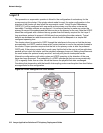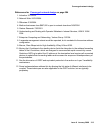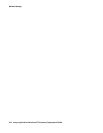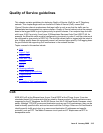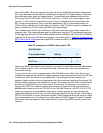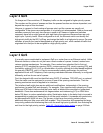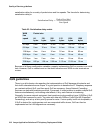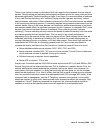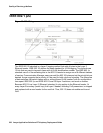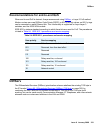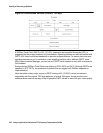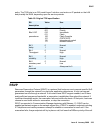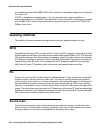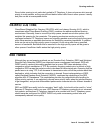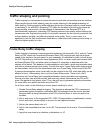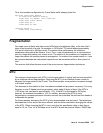
Quality of Service guidelines
320 Avaya Application Solutions IP Telephony Deployment Guide
IEEE 802.1 p/Q
Figure 89: 802.1Q tag
The IEEE 802.1Q standard is a Layer 2 tagging method that adds 4 bytes to the Layer 2
Ethernet header. IEEE 802.1Q defines the open standard for VLAN tagging. Two bytes house
12 bits that are used to tag each frame with a VLAN identification number. The IEEE 802.1p
standard uses 3 of the remaining bits in the 802.1Q header to assign one of 8 different classes
of service. Communication Manager users can add the 802.1Q bytes and set the priority bits as
desired. Avaya suggests that a priority of 6 be used for both voice and signaling. The Avaya line
of data switches can switch frames with or without these VLAN headers, with no configuration
time spent. IEEE 802.1p and IEEE 802.1Q are OSI layer 2 solutions, and work on frames.
Because 802.1Q is a Layer 2 (Ethernet) standard, it only applies to the Ethernet header. At
every Layer 3 boundary (router hop), the Layer 2 header, including CoS parameters, is stripped
and replaced with a new header for the next link. Thus, 802.1Q does not enable end-to-end
QoS.



